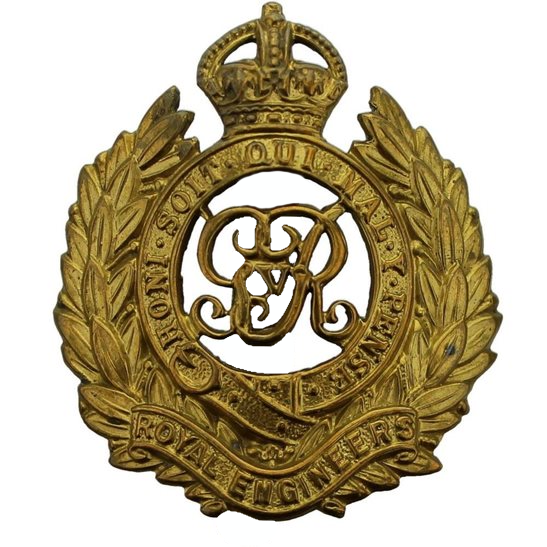Personal Details
Born: 16 February 1895 in Llanrhaeadr, Denbighshire, Wales.
Family: He was the grandson of Margaret Jones, an innkeeper and probably the son of Joseph Jones, a car proprietor and his wife Mary Ann. He married Annie Lewis in 1924 in Whitchurch, Shropshire. The couple had two children, Richard L and Ann L.
Residence: In 1901 he was living with his grandmother at the Sun Inn, Waterfall Street, Llanrhaeadr, Denbighshire. By 1911 he and his grandmother`s address was Liverpool House, Llanrhaeadr. At the time of his enlistment in 1915 he was living at 147 Alkington Road, Whitchurch. In 1939 he and his family were living at 50 Wrexham Road, Whitchurch. This continued to be his home until his death in 1958.
Employment: In 1915 he was a G.P.O. telegraphist and in 1939 a post office clerk.
Died: 21 September 1958 in Whitchurch, aged 63.
Military Details
Regiment: Royal Engineers
Rank: Sapper
Service Number: 151919
Date of Enlistment: 9 December 1915
Date of Discharge: 23 April 1919
Reason for Discharge: Demobilisation
Sydney was awarded the Campaign Medals (British War medal and Victory medal)

The British War Medal (also known as 'Squeak') was a silver or bronze medal awarded to officers and men of the British and Imperial Forces who either entered a theatre of war or entered service overseas between 5th August 1914 and 11th November 1918 inclusive. This was later extended to services in Russia, Siberia and some other areas in 1919 and 1920. Approximately 6.5 million British War Medals were issued. Approximately 6.4 million of these were the silver versions of this medal. Around 110,000 of a bronze version were issued mainly to Chinese, Maltese and Indian Labour Corps. The front (obv or obverse) of the medal depicts the head of George V. The recipient's service number, rank, name and unit was impressed on the rim.
The Allied Victory Medal (also known as 'Wilfred') was issued by each of the allies. It was decided that each of the allies should each issue their own bronze victory medal with a similar design, similar equivalent wording and identical ribbon. The British medal was designed by W. McMillan. The front depicts a winged classical figure representing victory. Approximately 5.7 million victory medals were issued. Interestingly, eligibility for this medal was more restrictive and not everyone who received the British War Medal ('Squeak') also received the Victory Medal ('Wilfred'). However, in general, all recipients of 'Wilfred' also received 'Squeak' and all recipients of The 1914 Star or The 1914/1915 Star (also known as 'Pip') also received both 'Squeak' and 'Wilfred'. The recipient's service number, rank, name and unit was impressed on the rim.

